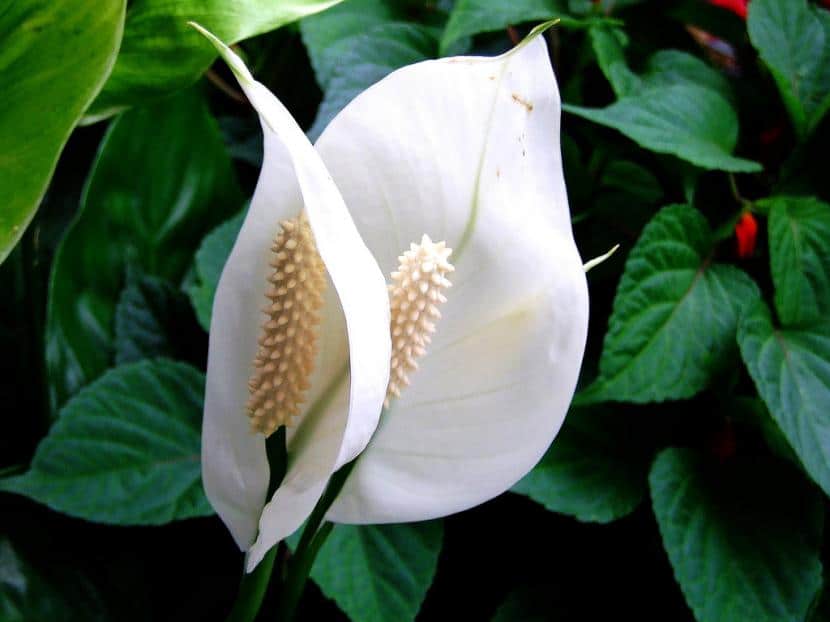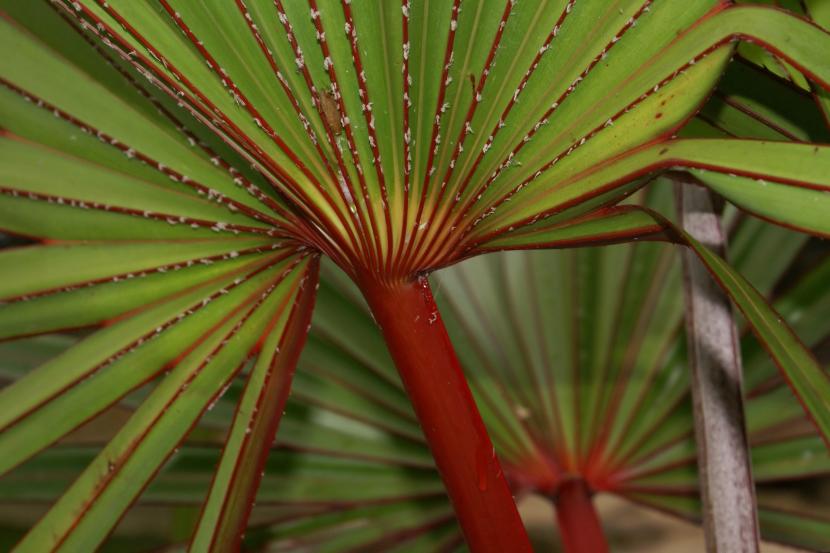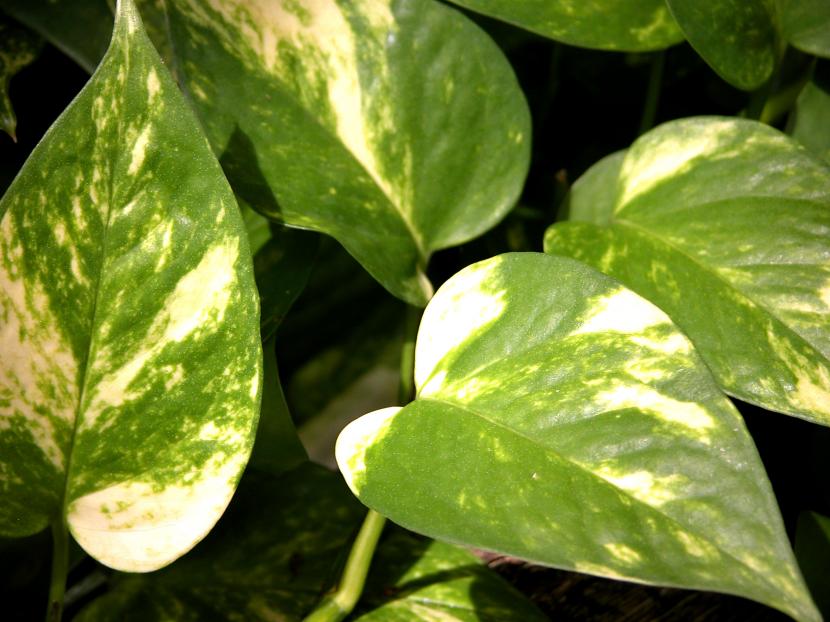
Spatiphyllum wallisii
Experimenting with plants helps you learn more about them while keeping you entertained doing something you love. Also, like this we gain experience in your care, something that never hurts.
It is often said that fans want to have those that, in theory, could not grow properly due to the differences between the climate they have in their natural habitat, and that of that person. So today I'm going to talk to you about how to protect tropical plants from the cold.

Flying lontaroides
I love experimenting. I can't help it. Since I started growing plants, back in 2006, "rare" plants have always caught my attention, those that I could only see in documentaries or books. This is how I began to acquire plants called "collector's". As expected, I had a lot of losses, but too many joys. Although the climate here where I live is warm, with absolute temperatures that range from a maximum of 38ºC to a minimum of -2ºC, there are plant beings that have a really bad time, both due to excess cold and excess heat.
So, I had no choice but to find a solution, which is none other than to prevent the cold ones from feeling the cold. It is not easy at all, although it seems the opposite, since it does not consist only in keeping them at home and watering them from time to time, but you also have to be aware of humidity (environmental and substrate), of the dust that is deposited on the leaves, Y de The pests it can have.

Calathea roseopicta
To ensure that the plant arrives healthy in spring, the first thing to do is place it in a very bright room, but away from drafts (This also means avoiding putting it where people could touch it, since if this happens, the leaves could end up drying out).
Once this is done, we have to increase ambient humidity around the plant. To do this, you can put bowls with water around it, or put many plants together. I advise against spraying, as we would make it difficult for her to breathe by forcing her to keep the pores of her foliar parts closed. For this same reason we have to remember to wipe them with a cloth (or a brush with a dry and clean brush) to remove the dust.

aureum
Irrigation has to be weekly or ten-year, depending on the plant in question. But, in any case, the substrate must be allowed to dry completely before the next watering, since otherwise fungi could appear due to excess water.
And finally, during these months we will not pay, since growth is minimal, practically non-existent.
Everything else is being very lucky. But surely with these tips you get more than one pleasant surprise .